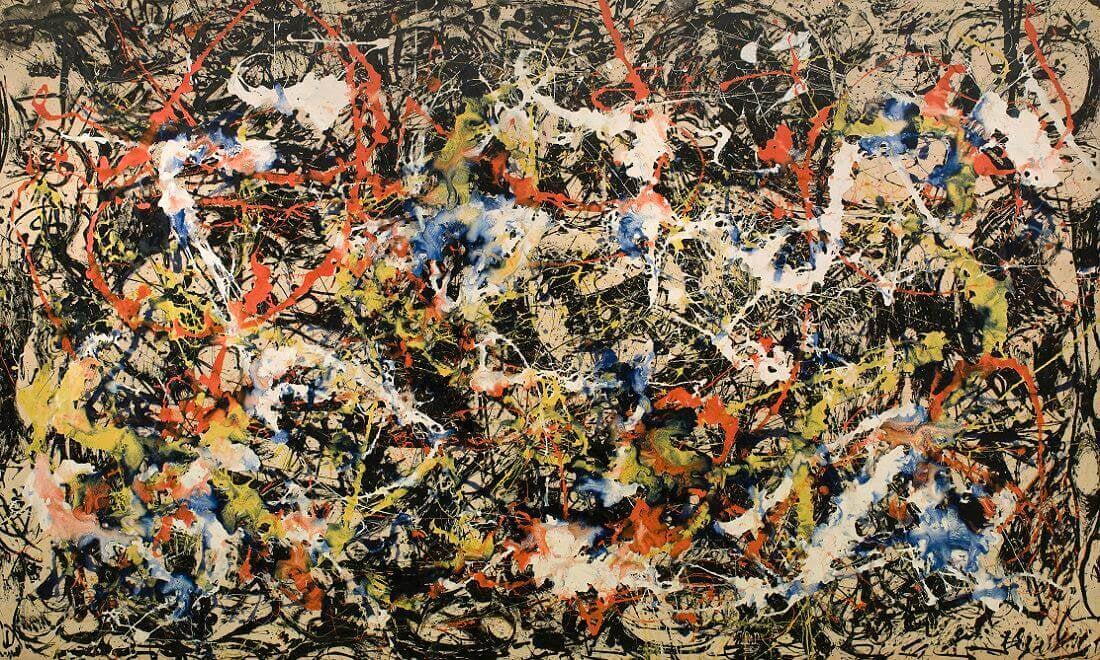Through a spiritual practice we gain a closeness not only to the Source of all life but also to one another. In that convergence we lose our fears and experience wholeness and peace. View the study sheet here. Watch the recording here.

We have too easily become readers of one another’s banners rather than of one another’s hearts. In our encounters with others, to the extent we lead with our firm positions instead of with our curiosity we increase the likelihood that mutual isolation rather than shared discovery will be the outcome.
Forums of social interaction and exchange have taken on a tragic appearance. Today our corners of retreat have become very crowded, full of the passionate and the committed. The centers of rooms where we might mingle and meet someone with a very different point of view have become increasingly empty. Who else but those without the firmness of their convictions would wander out there, in need of a conversation with someone different. Instead, we stay distant, shouting our positions, posting our certainties, cancelling the opposition.
The narrative thrust of Torah is about what treasures are to be found when we go out, when we leave behind our corners of safety and certainty. Nothing less than the Source of all existence summons us (vayikra) to emerge. We are called in love and in compassion. All we need to do is to discard our fear, which we have mistaken for certainty and strength.
The text of Torah, the prayers of our liturgy and the songs of our yearnings are not just about our relationship with God. They are also describing what is possible between us. The Jewish poet Yehudah Halevi in his poem “Where Shall I Find You” captures this fusion of God-human and human-human relationship: “I have sought your nearness/With all my heart have I called you/And going out to meet you/I found you going out toward me.”
The artist Jackson Pollock painted with a frenzy and created pieces that to many seem but splattered chaos on a canvass. However, recent applications of fractal analysis to his paintings reveal an alluring and soothing reality beneath the apparent surface disorder. Fractals are geometric patterns which are repeated at increasingly smaller and smaller levels in an object. Plants, trees, clouds, rivers, coastlines and mountains contain fractals. Artists too have worked to embed fractal patterns in their creations. As with their occurrence in nature, these can have a powerful and de-stressing affect on a person’s autonomic nervous system.
Pollock’s patterns result from both the particular way he moved his body while painting and from how he poured his paint to create a visual complexity of fractal patterns. The goal was to move beyond. One of the great mathematicians in the field of fractal geometry, Benoit Mandelbrot, wrote: “A fractal is a way of seeing infinity.” He advised us, “Think not of what you see but what it took to produce what you see.”
Consider the possibility of infinity that lies underneath whatever strange and initially disturbing appearance you may encounter. Pollock’s painting that accompanies this piece is entitled Convergence. If I but go out from myself, who knows. I may well encounter you going out to me. And where we meet is love and compassion.
Join us here at 7:00 p.m. (PDT) Thursday May 12 as we explore convergence: where lovers meet.








